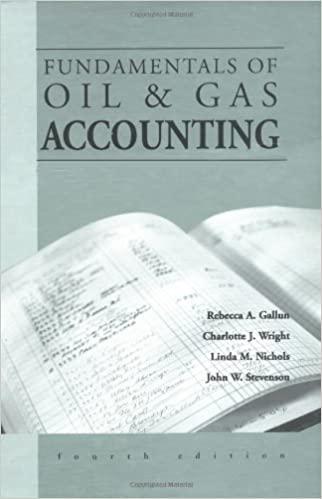Pioll Corporation manufactures one product. It does not maintain any beginning or ending Work in Process inventories. The company uses a standard cost system in which inventories are recorded at their standard costs and any variances are closed directly to Cost of Goods Sold. There is no variable manufacturing overhead. The standard cost card for the company's only product is as follows: The standard fixed manufacturing overhead rate was based on budgeted fixed manufacturing overhead of $55,200 and budgeted activity of 12,000 hours. During the year, the company completed the following transactions: a. Purchased 7,300 kilos of raw material at a price of $3,40 per kilo. b. Used 11,300 kilos of the raw material to produce 9,500 units of work in process. c. Assigned direct labor costs to work in process. The direct labor workers (who were paid in cash) worked 6,900 hours at an average cost of $25.80 per hour. d. Applied fixed overhead to the 9,500 units in work in process inventory using the predetermined overhead rate multiplied by the number of direct labor-hours allowed. Actual fixed overhead costs for the year were $144,200. Of this total, $59,810 related to items such as insurance, utilities, and indirect labor salaries that were all paid in cash and $84,390 related to depreciation of manufacturing equipment. e. Transferred 9,500 units from work in process to finished goods. f. Sold for cash 10,100 units to customers at a price of $56.90 per unit. g. Completed and transferred the standard cost associated with the 10,100 units sold from finished goods to cost of goods sold. h. Paid $44,470 of selling and administrative expenses. i. Closed all standard cost variances to cost of goods sold. Required: 1. Compute all direct materials, direct labor, and fixed overhead variances for the year. 2 and 3. Record the above transactions in the worksheet that appears below. Because of the width of the worksheet, it is in two parts. In your text, these two parts would be joined side-by-side to make one very wide worksheet. The beginning balances have been provided for each of the accounts, including the Property. Plant, and Equipment (net) account which is abbreviated as PP\&E (net) and Determine the ending balance (e.g., 12/31 balance) in each account. 4. Prepare an income statement for the year. Complete this question by entering your answers in the tabs below. Reg1to3 1. Compute all direct materials, direct labor, and fixed overthead variances for the year. positive value. Round your answers to the nearest whole dollar amount.) Show less A \begin{tabular}{|c|c|c|c|c|c|c|c|c|c|c|c|c|c|} \hline & Cash & MaterialsRaw & \begin{tabular}{l} Work in \\ Process \end{tabular} & \begin{tabular}{c} Finished \\ Ooods \end{tabular} & \begin{tabular}{c} PPSE \\ (net) \end{tabular} & = & \begin{tabular}{l} Materiais \\ Price \\ Varance \end{tabular} & \begin{tabular}{l} Materials \\ Quantity \\ Variance \end{tabular} & \begin{tabular}{l} Labor \\ Rate \\ Vartance \end{tabular} & \begin{tabular}{l} Labor \\ Efficiency \\ Variance \end{tabular} & \begin{tabular}{c} FOH \\ Dudget \\ Variance \end{tabular} & \begin{tabular}{l} Ford \\ Volume \\ Variance \end{tabular} & \begin{tabular}{l} Retained \\ Eamings \end{tabular} \\ \hline 1/1 & 1,051.830 & s 46,680 & 0 & \$. 55,370 & 5727,240 & = & 5 & $ & 5 & 0 & $ & $ & \\ \hline a. & & & & & & & & & & & & & \\ \hline b. & & & & & & = & & & & & & & \\ \hline c. & & & & & & = & & & & & & & \\ \hline d. & & & & & & = & & & & & & & \\ \hline e. & & & & & & = & & & & & & & \\ \hlinef. & & & & & & = & & & & & & & \\ \hline 0 & & & & & & = & & & & & & & \\ \hline h. & & & & & & = & & & & & & & \\ \hline 1 & & & & & & = & & & & & & & \\ \hline 1231 & & & & & & 1= & & & & & & & \\ \hline \end{tabular} Reg 4 ? Complete this question by entering your answers in the tabs below. Prepare an income statement for the year









